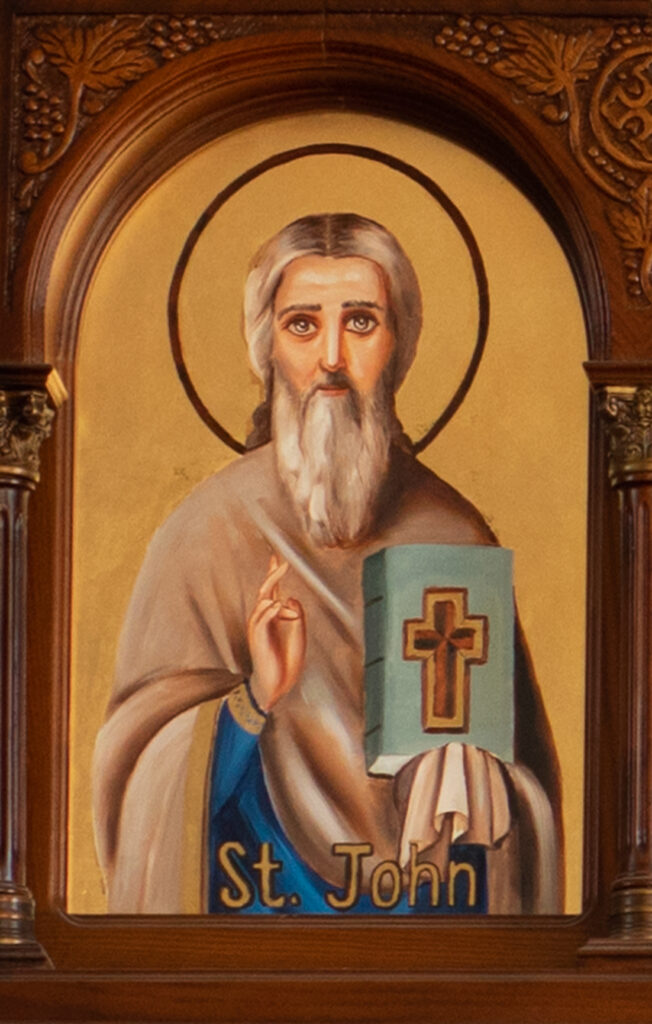
"No one has seen God at any time. If we love one another, God abides in us, and His love has been perfected in us."
(1 John 4:12)

“My children, love one another. This is the Lord’s commandment: if you follow just this one commandment, it will be good enough for you”.
- St. John the Beloved
“But these are written that you may believe that Jesus is the Christ, the Son of God, and that believing you may have life in His name."
(John 20:31)
"This is the disciple who testifies of these things, and wrote these things; and we know that his testimony is true. And there are also many other things that Jesus did, which if they were written one by one, I suppose that even the world itself could not contain the books that would be written. Amen."
(John 21:24-25)